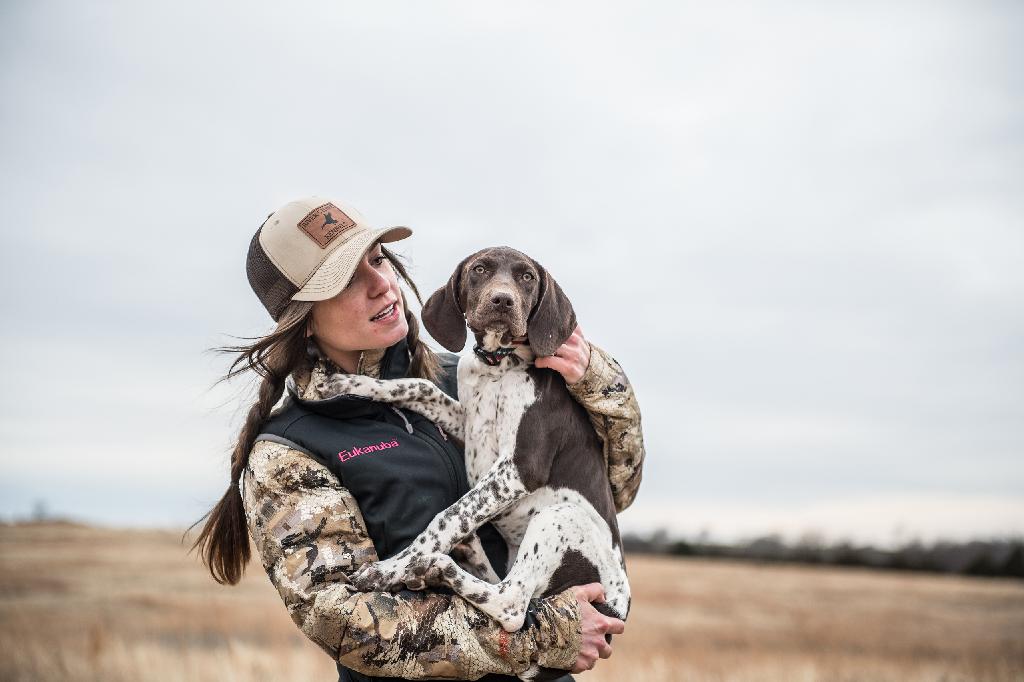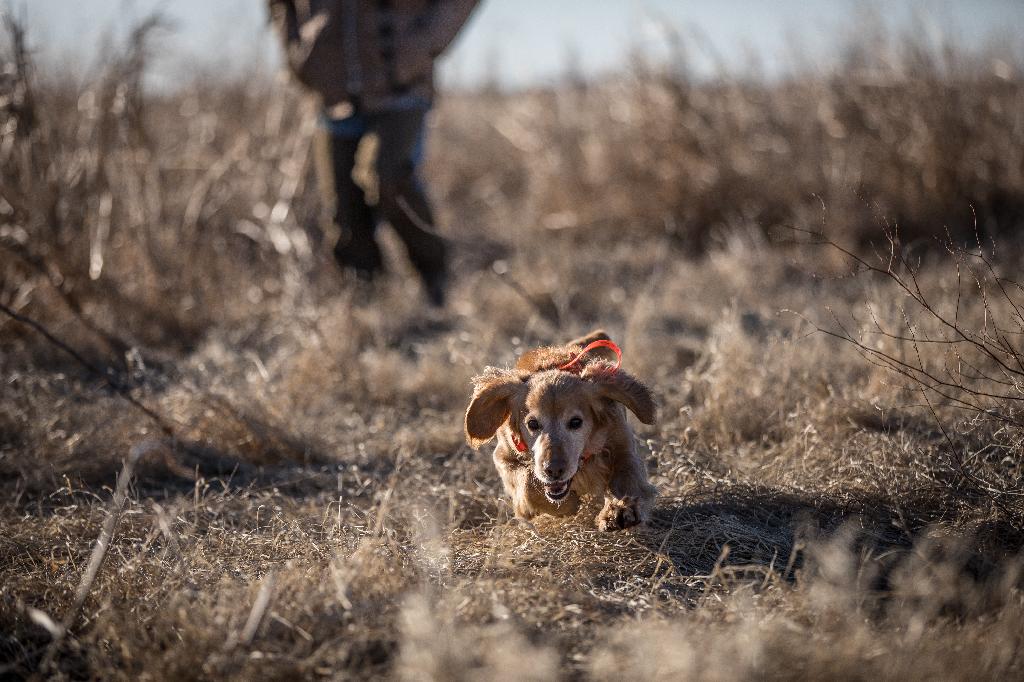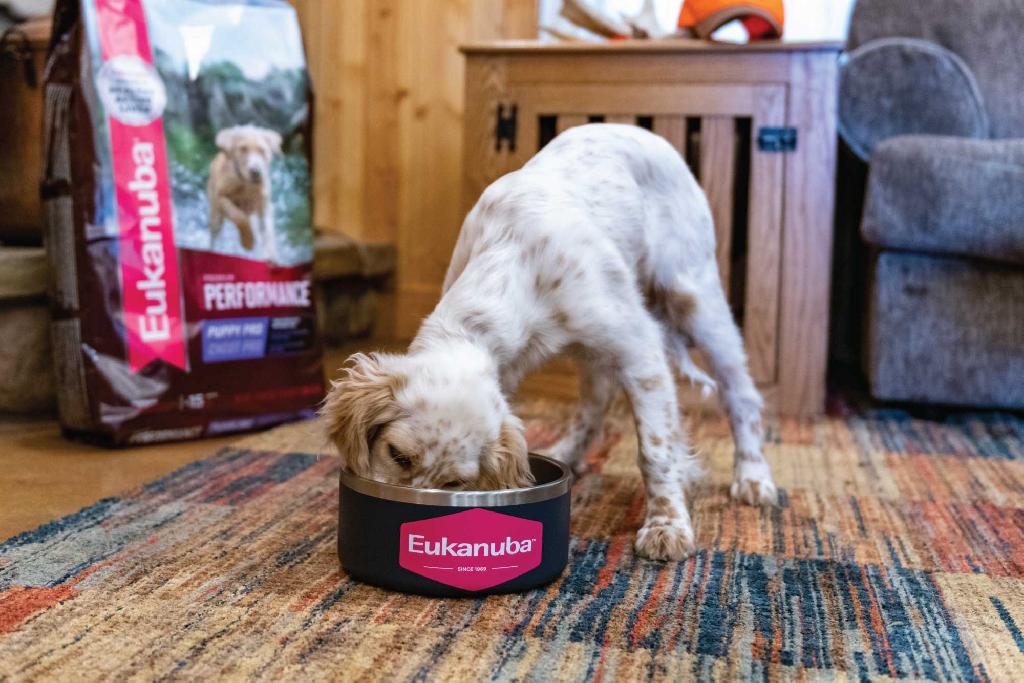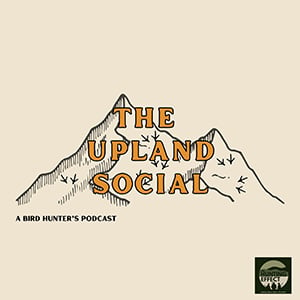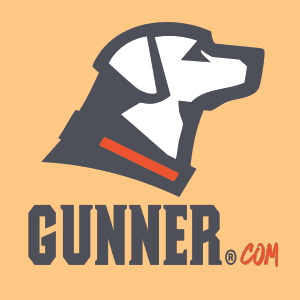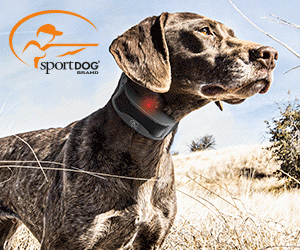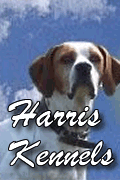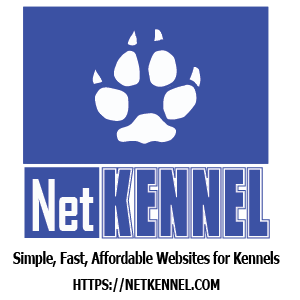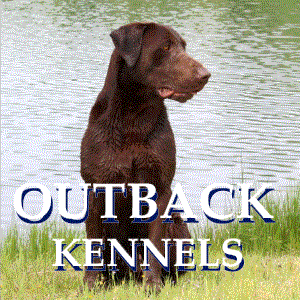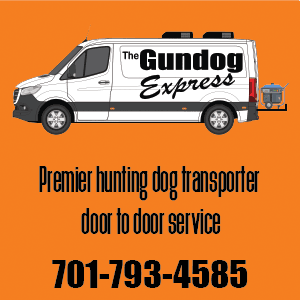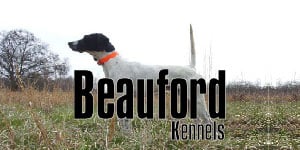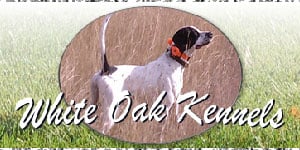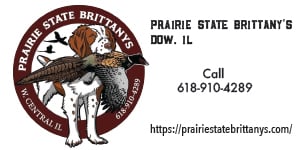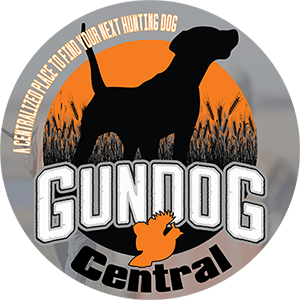When and How to Socialize a Sporting Breed Puppy
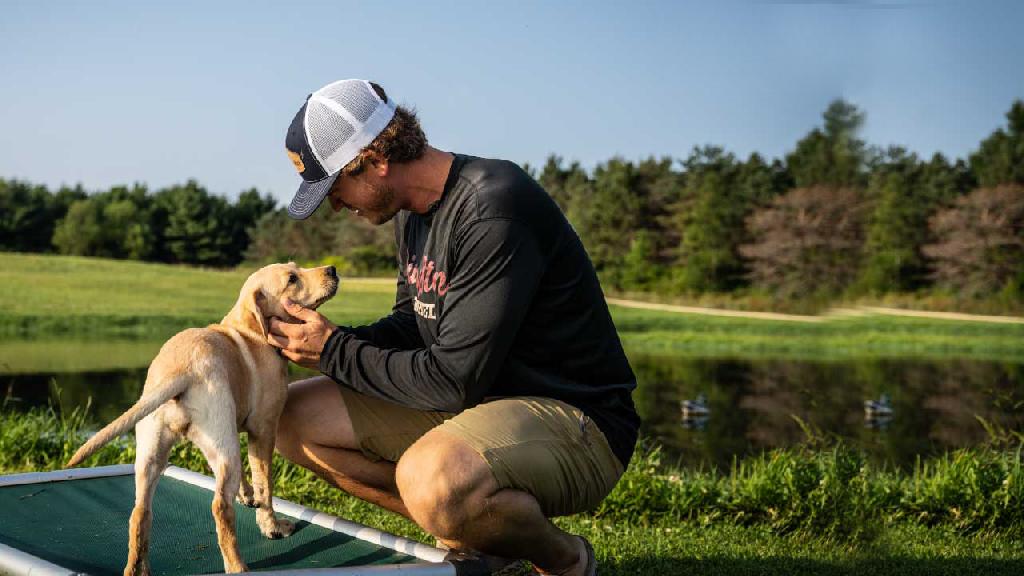
How to Socialize a Puppy Before Vaccinations
Most owners arrive home with puppies that are between 8 and 12 weeks of age. That’s a transitional time, one that falls between their first and second set of vaccinations. Puppies have developing immune systems, and if they aren’t fully vaccinated, they may be vulnerable to many life-threatening diseases.
One example is canine parvovirus, commonly referred to as just “parvo.” Parvo is highly contagious and can be easily spread. The disease typically spreads through food, water bowls, and grass, and can last a long time on surfaces. It is a deadly disease that attacks your dog’s gastrointestinal system.
Safeguard your puppy until he is fully vaccinated. One way to do that is to ensure that he is interacting only with other puppies or dogs that are completely inoculated. Avoid public places, such as dog parks, where you can’t be sure of the vaccination status of other dogs. Instead, invite friends and their dogs to your house so your puppy can be safely socialized with other dogs. When your pup reaches that 12-week mark and your vet gives you the green light, it’s time to incorporate additional exposure.
Chris Akin of Webb Footed Kennels in Bono, Arkansas says, “Once our puppies are fully vaccinated, we carry them anywhere and everywhere. If you can take them to the office, in the car, to everyday activities, do it. Seeing as many people and places as possible is very important to a puppy’s development.”
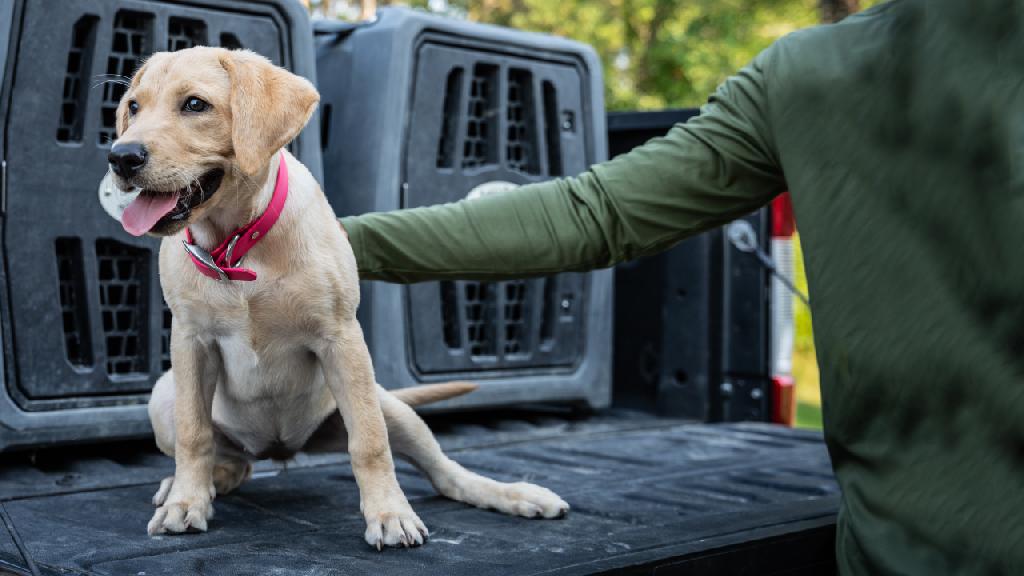
The Basics of Socializing Your Puppy
Human contact is an important form of socialization that is often overlooked. Getting your dog used to you touching his ears and paws, rolling him on his back, brushing him, and bathing him will help set up routine care such as nail clippings, ear cleanings, eye inspections, tailgate checks, vet visits, and more.
“You can’t handle a puppy enough,” says Akin. “Start handling him right from the beginning. Even while you’re sitting on the couch watching a movie, flip his ears, touch his paws, flip him over—it makes him used to that contact so it’s no big deal down the road.”
Akin recommends exposing puppies to loud noises such as lawn mowers and leaf blowers. Walk your puppy on a leash near streets with loud cars or construction vehicles. These loud noises are new to puppies and can be scary. Introducing them to these sights and sounds at an early age encourages them to be brave. From that comes confidence, certainly a desirable trait in a sporting dog.
“Get your puppy used to the racket of the world,” says Akin. “Dogs that are concerned with noises and commotion aren’t focused. They’re distracted and concerned with things other than the work they have to do.”

Socializing Puppies with Older Dogs
Introducing puppies to older dogs is important, especially because they’ll interact with other adult dogs throughout their lives. Some adult dogs are tolerant and patient with highly active puppies, while others simply don’t like puppies. Properly introducing the two is important for everyone’s safety, so take it slowly and progressively.
Puppies have sharp teeth and want to play constantly. An older, chill dog may not appreciate a puppy yanking on his ears or pouncing on him while he’s asleep. An older dog is a lot bigger than your pup and can retaliate with aggression.
“Just like meeting new people, feel it out and be cautious,” explains Akin. These introductions take time, so make the introductions frequent and short in duration. Supervision is important, so start by holding your pup instead of letting him run amuck. Talk calmly to both dogs and let them sniff each other out before releasing your pup to the ground. If stress or tension comes from the adult dog, then separate the two again.
Socializing your pup with older dogs can teach him many lessons, including boundary setting. Don’t confuse an older dog nipping at a younger dog as always being aggressive. Just like a mother telling their child “no,” your puppy can learn from an older dog. When the adult dog indicates to the puppy that the puppy should stop biting his ear, it means stop biting his ear.
[%BANNER-EUK650%]
Crate Training Socialization
Sporting dogs will spend time in crates, for transportation, for sleeping, or for both. Crate training is important because it helps to set the standards for getting your pup on a schedule. A crate or kennel is a puppy’s home, and it helps give his mind a rest. It teaches a puppy that he won’t always have free rein. It also helps him adjust to you not always being at home or by his side.
Make the crate introduction a positive experience. Wear a T-shirt for a day so it smells like you. Then, place that T-shirt in the kennel. The puppy will associate that smell with you, and that smell will make him feel secure and comforted. Puppies love to eat, so consider feeding him when he’s in the kennel. If you place his dog bowl in the crate, he’ll learn that good things happen when he loads up.
A young pup may not like a kennel at first, and might vocalize his frustration. Whatever you do, do not reward that behavior by opening the kennel to comfort him. Releasing a barking, whining puppy from a kennel teaches him one thing: If I bark, I get let out.
Proper socialization is essential to building a confident sporting dog. It takes times and consistency. “We’re all busy. We have work, family time, activities with kids, and personal appointments,” says Akin. “But you have to be realistic when you get a puppy. If you don’t have time to properly socialize him, then it might be best to hold off on getting a new pup. Wait until you have enough free time to spend with the socializing and then the training.”
[%BANNER-EUK728%]
Related Aritlces
The importance of protein, fats and carbs in
The intensity of a flushing dog working for three minutes is different from a bird dog that runs all morning long. Gun dogs need to be fueled by the correct type of energy, one that gives them drive at the breakaway and enough juice to swim against the current for that 15th retrieve. Nutrition tailored to support these different types of activities helps dogs work at their peak potential.
How Much to Feed a Sporting Breed Puppy
Puppies are a lot of things. They’re curious, they take a lot of naps, and when they wake up they’ve got a tremendous amount of energy. They’ve got powerful appetites and are always on the lookout for the next meal. But there’s more to feeding a puppy than filling up a bowl with kibble.

